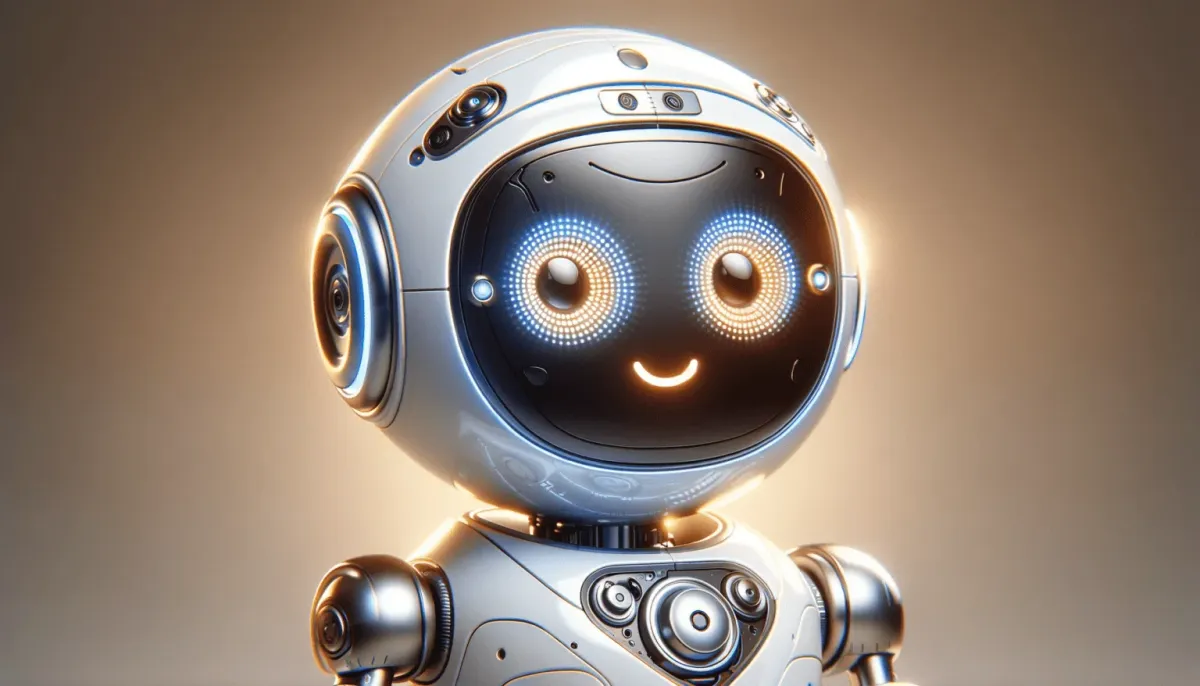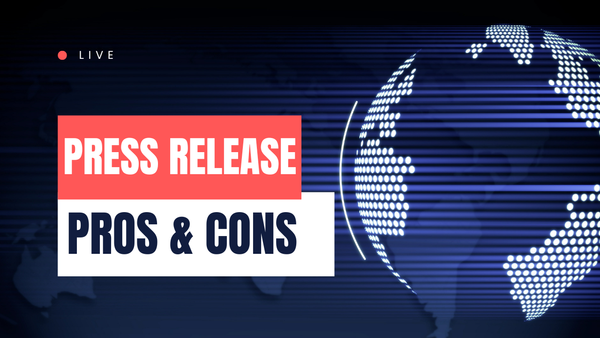The Complete AI Chatbot Checklist for 2024

Many businesses, from small startups to large corporations, are increasingly adopting AI chatbots for customer service. These digital assistants are invaluable in supporting human efforts, efficiently handling a wide range of customer inquiries. Renowned brands and multinational companies alike have embraced AI chatbots, not only for customer service but also for achieving various business objectives. In this article, we’ll present a comprehensive chatbot checklist.
This guide will simplify your decision-making process, helping you identify essential chatbot features and select the most suitable provider based on the functionalities they offer.
Chatbot statistics
Usage and engagement
The conversation surrounding AI-driven chatbots is not just hype; it’s a significant trend that’s shaping the business landscape.
- Imagine this: 1.4 billion people worldwide are engaging with chatbots, embracing these digital conversationalists with open arms.
- When it comes to seeking detailed information or voicing concerns, 35% of users are now relying on chatbots. These digital helpers are becoming indispensable problem-solvers.
- A glance at the corporate world reveals a striking trend: 58% of B2B companies are harnessing chatbots on their websites, with B2C sectors following closely at 42%.
- For Millennials, chatbots are a daily companion, with 40% of this generation regularly interacting with them. It’s their go-to method for digital communication.
- Since 2019, chatbot adoption has skyrocketed, showing a 92% increase. They’re rapidly becoming the favored medium for brand interactions.
- In a nod to versatility, 46% of businesses are using chatbots to convert speech to text, showcasing an impressive blend of technology and practicality.
- In the realm of business, IT departments are leading the charge in chatbot usage, with 53% of organizations recognizing their paramount importance.
- An overwhelming 87.2% of users report positive experiences with chatbots, ranging from moderate satisfaction to enthusiastic endorsement.
This overview paints a vivid picture of the current chatbot landscape, illustrating a world increasingly reliant on these smart, conversational technologies for more seamless and engaging interactions.
2024 AI chatbot checklist
Overview of the AI chatbot checklist
This checklist for 2024 is designed to encompass the essential features required for any chatbot, regardless of its application. Whether it’s for customer service, e-commerce, restaurants, or any other domain, this list serves as a comprehensive guide.
The Genesis of the AI Chatbot Checklist
After creating more than 50 AI chatbots for various clients around the world, I have decided to compile this checklist. I noticed that all the chatbots required the features listed in it.
General Features for All AI Chatbots
The Chatbot Feature Guide is not limited to any specific type of business. Instead, it emphasizes the general attributes crucial for the success and ease of management of any chatbot. These selected features in the guide ensure that your chatbot can perform effectively across various settings and industries, providing a versatile and adaptable tool for businesses of all types.
Key Elements for AI Chatbot Efficiency
In this chatbot checklist and feature guide, each feature is carefully chosen to contribute towards creating a chatbot that is not only successful in user interaction but also streamlined for easy management. The goal is to provide a blueprint that makes your chatbot adaptable, efficient, and user-friendly.
The Ultimate AI Chatbot Checklist for 2024:

1. Easy setup and configuration
Choosing the right platform
Whether opting for a custom-made chatbot or a SaaS platform, easy setup is very important. It’s vital to choose a platform that simplifies this process.
Understanding the platform
Knowing your platform is key. Specifically, this includes understanding its hosting and functionalities. Are you using a DIY chatbot builder or working with an agency? It’s important to get familiar with where and how your chatbot operates.
2. Integration with Other Systems
The ability of your chatbot to integrate with other systems is very important. Sometimes, you may need to outsource a specific part of your chatbot, for example, a restaurant menu, or you might need to connect your chatbot with your e-commerce website, with Facebook ads, etc. This is a must-have feature; if it doesn’t exist, your chatbot will be very limited.
Artificial Intelligence Integration
Needless to say, AI is essential for most chatbots and must be included in the 2024 chatbot checklist. This feature integrates AI into your chatbot, ensuring it can smartly respond to unfamiliar questions. This is particularly effective when your AI is custom-made and well-trained to suit your business needs.
CMS Integration and API Connection
Whether your website is built on WordPress, Shopify, Drupal, or any other CMS and website builder, or even if it’s a custom-made site, integrating your chatbot with the CMS and having API access is crucial. This integration simplifies the connection between your chatbot and your website, enabling it to provide optimal service to your users. It also makes it easier for you and your team to ensure your chatbot understands what you sell and how you serve your customers.
3. User Interaction and Engagement
User interaction and engagement are key to the success of your chatbot. It’s essential that your chatbot can not only respond to user queries but also engage them in a meaningful way. This includes understanding user intent, providing relevant and timely responses, and maintaining a conversational tone. Whether it’s answering frequently asked questions, guiding them through a process, or offering personalized recommendations, your chatbot should be designed to keep users engaged and satisfied. Remember, a chatbot that can create a positive user experience will encourage repeat interactions and enhance customer loyalty.
4. Chatbot Learning and Evolution
Chatbots must continually learn from every interaction and message they receive. It’s natural for users to ask questions that your chatbot may not initially understand. However, it’s essential that your chatbot has the capability to build a database of these queries and learn how to respond to them effectively over time.
Ensure that the software you choose for your chatbot includes a ‘learning’ feature. This functionality allows your chatbot to evolve and improve its responses, making it more efficient and helpful for users with each interaction.
5. Multifunctionality
In today’s fast-paced digital environment, a chatbot that serves multiple purposes is invaluable. Consequently, multifunctionality in chatbots means they can handle various tasks – from providing customer support, managing bookings or orders, to offering product recommendations or even handling basic transactions. This versatility not only enhances user experience but also increases efficiency for your business.
A multifunctional chatbot becomes a single point of contact, simplifying interactions and saving users from navigating through multiple channels. When selecting a chatbot, prioritize one that can seamlessly integrate multiple functions, catering to a wide range of user needs.
6. Emergency Handling and Escalation
Effective handling of emergencies and the ability to escalate issues are critical features for any chatbot, especially in sensitive situations. Your chatbot should be programmed to recognize urgent or complex queries that require human intervention. In these scenarios, it must swiftly escalate the issue to the appropriate human representative or department. This capability ensures that critical issues are addressed promptly and efficiently, maintaining user trust and safety. Additionally, the chatbot should provide users with clear instructions or immediate assistance options in case of emergencies.
Integrating this feature enhances the reliability and responsiveness of your chatbot, making it a dependable tool for both users and your business.
7. Global Accessibility and Localization
To truly resonate with a global audience, it’s essential that your chatbot is not just a tool, but a culturally aware companion. Imagine it greeting users in their native language, understanding local humor, and respecting cultural sensitivities. This is what global accessibility and thoughtful localization can achieve.
t’s not just about translating words; it’s about crafting conversations that feel natural and familiar in different cultural contexts.
Also, think about inclusivity for users with disabilities. Integrate features like voice commands for those who struggle with text, or screen reader compatibility for the visually impaired. By giving your chatbot the ability to connect genuinely with people from all walks of life, you’re not just expanding your audience; you’re building bridges across cultures and creating a user experience that’s both inclusive and engaging.
8. Future-Proofing and Scalability
Future-proofing means ensuring your chatbot remains relevant and effective as technology advances. This involves regularly updating its features, integrating emerging technologies, and staying adaptable to new trends. Scalability, on the other hand, refers to the chatbot’s ability to handle growing amounts of interactions and expanding functionalities as your business grows. Furthermore, a scalable chatbot can efficiently manage increased user traffic and more complex tasks without compromising performance. By focusing on these aspects, you ensure your chatbot is a long-term asset that grows and evolves with your business, always ready to meet the changing needs of your users and market dynamics.
9. Chatbot Personality
Your chatbot should be able to serve users in the same way a human would. Sometimes it should be friendly, while for some businesses, a professional and formal tone is more appropriate. In other cases, a chatbot that interacts with humor can be engaging. It all depends on your business vision and how you naturally interact with your customers. You should be able to endow your chatbot with a personality that makes customers feel as though they are still interacting with your business.
10. The Ability to Edit and Update your Chatbot
As a software engineer who consistently creates chatbots for clients, I can assure you that regular updates are crucial, ideally at least once a week. This is important because, once your chatbot is operational, you’ll likely identify numerous missing scenarios and flows that need refinement. To facilitate these updates, it’s essential to use software that simplifies editing your chatbot. This includes everything from adding new keywords and triggers to modifying its flows and sequences.
11. Advanced Security and Privacy Measures
The Importance of Security and Privacy in Chatbots
In today’s world, data security and privacy are more crucial than ever. From my extensive experience in creating chatbots and as a cybersecurity expert, I’ve noticed a significant oversight in chatbot security. Many chatbots, even for well-known brands, often have glaring vulnerabilities. These weaknesses are primarily due to a lack of advanced security measures.
Personal Observations on Chatbot Vulnerabilities
It’s been surprisingly easy to find these vulnerabilities. This suggests that advanced security tactics haven’t been prioritized in the chatbot industry yet. As someone who has worked on numerous chatbots, I cannot stress enough the importance of fortifying them against potential threats.
12. Analytics and Reporting Enhancements
Understanding user behavior is extremely important for any business, as it can improve chatbot effectiveness and also aid in personalizing the user experience.
Incorporating analytics and reporting enhancements into AI chatbots involves utilizing tools that can track, analyze, and report on various metrics related to chatbot interactions such as Google Analytics and Chatbase. These tools can help understand user behavior, improve chatbot effectiveness, and optimize the user experience.
2024 Chatbot FAQs
What is a Chatbot Checklist?
A Chatbot Checklist is a comprehensive guide created by software engineer Mohamed Soufan. It outlines essential features and functionalities necessary for creating effective and efficient chatbots, suitable for various business applications.
Why is the 2024 Chatbot Checklist important for businesses?
The 2024 Chatbot Checklist is crucial for businesses as it provides updated and relevant guidelines on creating chatbots that meet current technological standards and user expectations.
How can small businesses benefit from the Chatbot Checklist?
Small businesses can use the Chatbot Checklist to create cost-effective, efficient, and engaging chatbots that enhance customer service and streamline operations.
Do small businesses use AI chatbots?
Chatbots are widely used, deeply integrated, and powerful across sectors, affecting customer interaction and company operations.
Conclusion for Chatbot Checklist in 2024

In conclusion, as we stand on the threshold of 2024, the landscape of chatbot technology is more dynamic and pivotal than ever for small businesses. From ensuring ease of setup and seamless integration with other systems to fostering engaging user interactions and continuous learning, the capabilities of your chatbot are crucial. Embracing multifunctionality, efficient emergency handling, and ensuring global accessibility are not just features but necessities in a globally connected world. Moreover, the foresight to future-proof and scale your chatbot will determine its longevity and effectiveness.
This chatbot checklist serves as a feature guide to navigate the complexities of choosing or building a chatbot that not only meets current needs but also adapts to future challenges. By focusing on these key features, small businesses can leverage chatbot technology to enhance customer experience, streamline operations, and stay ahead in the competitive digital arena. Remember, a well-designed chatbot is more than a tool; it’s an evolving digital ally that grows with your business and your customer’s needs.



